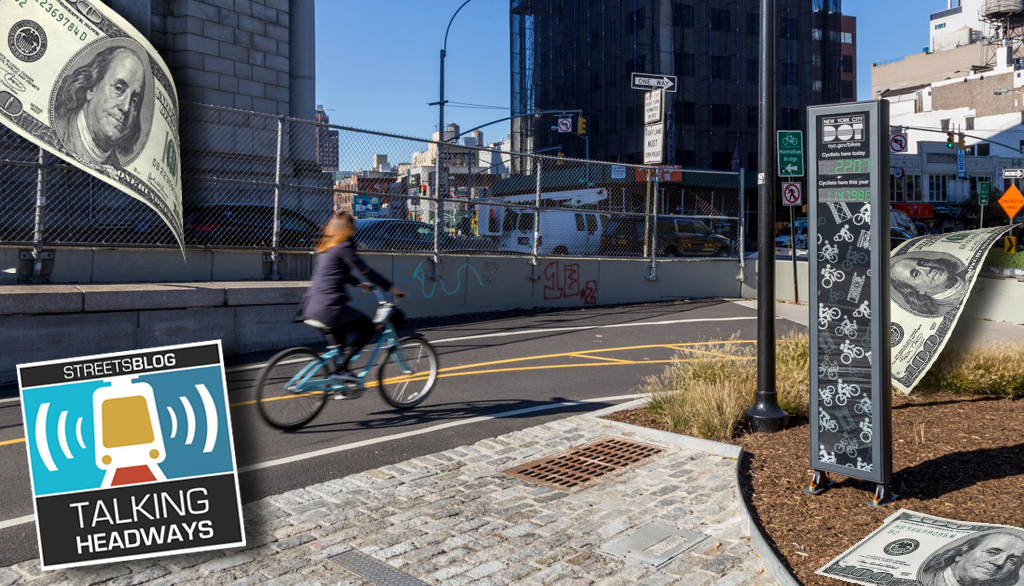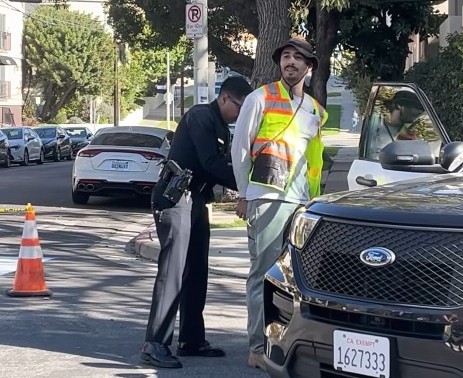This week we’re joined by Mark Kabbash, founder of The Dandy Horse. He chats with us about a new system for measuring and verifying bike commuting to obtain carbon avoidance credits. We discuss how the system works and the funding it could generate.
Scroll past the audio player below for a partial edited transcript of the episode — or click here for a full, AI-generated (and typo-ridden) readout.
Jeff Wood: How did you start to think about it as something that could be used in a broader sense?
Mark Kabbash: Bicycle infrastructure, bicycle theft — and those are the things that really bothered me. For instance, if you take Route 66, as an example, and you built that highway from Chicago to Barney’s Beanery in L.A. without hotels, gas stations or parking lots, cars wouldn’t be able travel on that highway very far. On top of that, there would be no ability to come up with a maintenance of the highway by taxing or creating commerce based off the usage of that pathway. So what’s happened in America’s bicycle infrastructure is the same thing. They’re creating money from taxation and grants to build a pathway, and then they’re burdening the local municipalities to create an income to maintain those pathways.
And it was shortsighted. I applaud their efforts, but I think they’ve not done as well as they could have. So what we’ve done is we’ve tethered our commuter, in this case, I refer to our process, a bicycle commuter carbon avoidance credit. It’s widely understood that bicycle is a bicycle, right? Bicycle as a mode of transportation still to date is the world’s most efficient mode of transportation. Nothing comes close. Even walking.
So what we had to do is to create the delta. How can we prove the avoidance of carbon emissions? First, you had to create a baseline, what you normally do in a mode of transportation. So our application was pretty clever, our team came up with the understanding that if you fill out the profile in our app, you’re gonna also have to put in the VIN number of your vehicle. We would ping the different agencies like the Department of Transportation, Department of Motor Vehicles and we’ll find out the name, make and model of your vehicle, which includes the emission rates.
So that would be the baseline. And then we look at the traffic pattern to your destination where you work, and we look at the traffic patterns of that journey. And at times, if you’re in traffic for an hour with your motor running at idle, you can emit as much as 4,000 grams of Co2 per hour at idle. Now a cyclist, they only produce 34 grams per mile as you bicycle commute.
So that carbon savings, we’ve come up with a methodology to have the international standards, the committees of which govern the protocols in which you could verify and collect data and then verify it. We meet the sweet spots, so we focus on the delta, the difference, and you create a carbon credit submitted to exchanges, of which then the carbon emitters that were trying to reduce their footprint can buy that carbon credit and reduce their exposure because at times, let’s say, a diesel truck manufacturer or a transportation company, they really can’t get around the emission rates.
So instead of being taxed, they fuel the bicycle commuter carbon ordinance market by buying — creating the demand on the supply of the bicycle, commute carbon credits, and we wanna create a methodology that local municipalities get the proceeds of which they pour back into the sustainable bicycle infrastructure.






